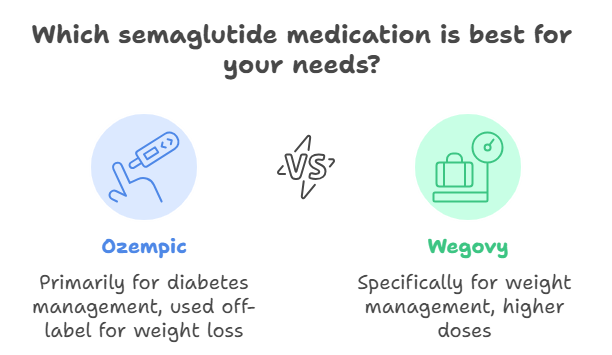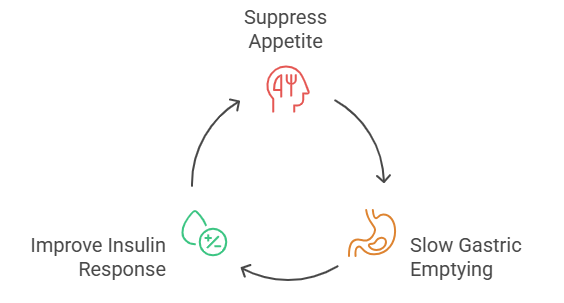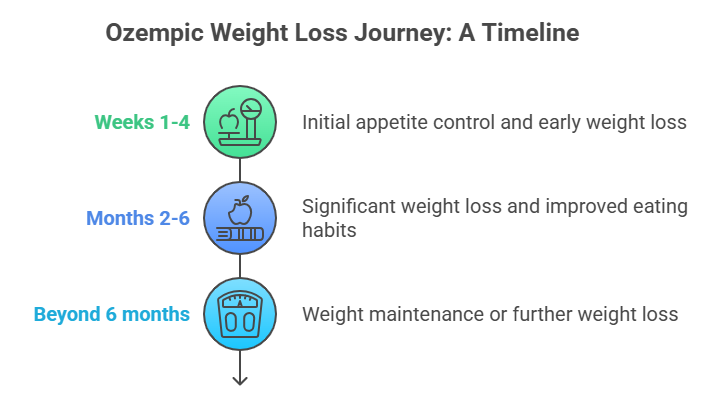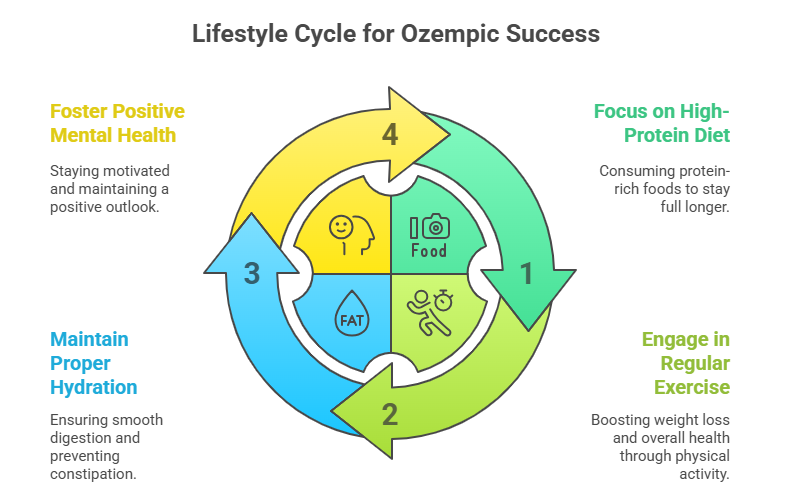


Ozempic is a prescription medication that’s become increasingly popular for its role in weight loss. Approved initially to manage type 2 diabetes, it’s now being widely prescribed off-label to help people lose significant weight. However, before considering the addition of Ozempic to your routine, it's essential to understand how it works, its intended use, potential side effects, and the results you can expect.
In this blog, we’ll cover everything you need to know about Ozempic for weight loss so you can decide if it’s the breakthrough you’ve been searching for.
Ozempic, a prescription drug that contains semaglutide, a GLP-1 receptor agonist originally developed to manage type 2 diabetes. It works by imitating a hormone that helps stabilize blood sugar, slow gastric emptying, and suppress hunger.
It’s often confused with Wegovy, but there’s a key difference:
Wegovy also contains semaglutide but is FDA-approved specifically for weight management and prescribed at higher doses than Ozempic.
In short, Ozempic is a diabetes medication used off-label for weight loss, whereas Wegovy is specifically designed and approved for this purpose. Both are widely used today.

Ozempic contains semaglutide, a compound that mimics the hormone GLP-1 (glucagon-like peptide-1), which regulates appetite, digestion, and insulin levels. By mimicking the effects of GLP-1, Ozempic enables the body to respond differently to food and supports sustained weight loss.
Here’s how it works:

Clinical trials have shown an average weight loss of 10–15%, particularly when combined with healthy lifestyle changes.
Ozempic is generally recommended for individuals who meet the following criteria:
It's essential to note that Ozempic is not intended for individuals seeking to lose a few pounds for cosmetic purposes. This medication is designed to help those struggling with obesity or significant weight-related health concerns.
Before starting Ozempic, it’s essential to consult with your healthcare provider, who will evaluate your overall health, discuss potential risks, and determine whether it’s the right treatment for you.
Ozempic is given as a once-weekly injection, usually in the thigh, upper arm, or abdomen. Dosage typically follows this titration schedule:
The amount of weight loss varies depending on factors like diet, exercise, and individual response to the medication.
Timeline for Results:

For optimal results, Ozempic should be paired with a healthy eating plan and regular exercise.
Ozempic may cause side effects, especially during the early weeks. Common ones include nausea, fatigue, constipation, diarrhea, and stomach discomfort, which typically improve over time.
In rare cases, serious issues like pancreatitis, kidney problems, or gallbladder disease may occur.
Avoid Ozempic if you have a history of thyroid cancer, MEN 2, or are pregnant or breastfeeding.
To maximize the benefits of Ozempic and reduce side effects, consider the following tips:

Ozempic may help effectively manage obesity and support weight loss, but it works best when combined with healthy habits and professional guidance. It’s not a quick fix but part of a long-term, personalized plan. Consulting a healthcare provider is key to ensuring it’s the right choice for you.
At MI Express Primary Care in Canton and Ann Arbor, MI, your goals become our mission. Our experienced team will guide you every step of the way with a weight loss plan tailored to your unique needs.
Achieve your goals with expert care. Schedule your consultation today to explore our personalized weight loss programs, including medical supervision, diet planning, and ongoing support.